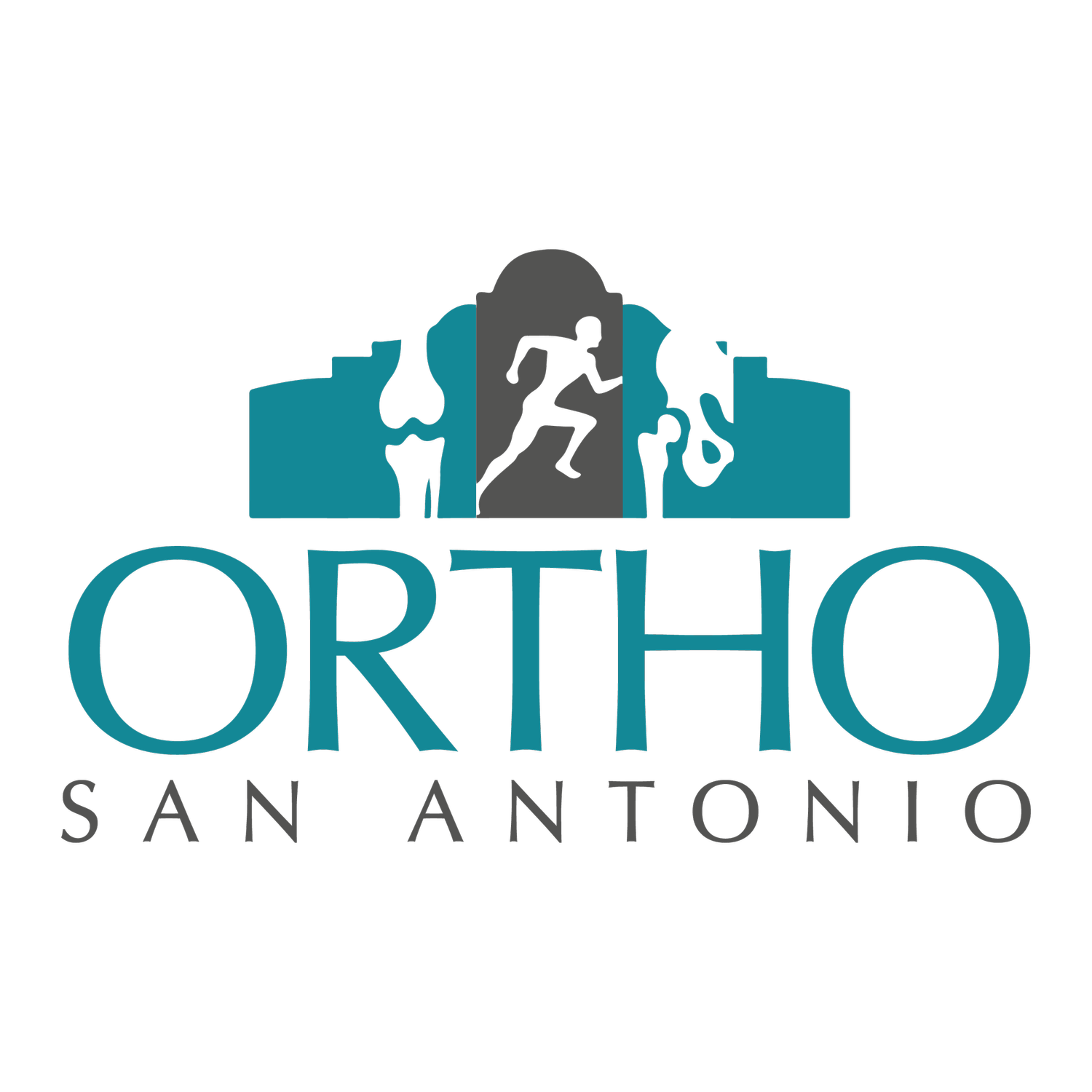Why Is Physical Therapy Important In Sports Medicine?
Physical Therapy, sometimes referred to as physiotherapy, focuses on improving movement and function. Sports medicine relies on physical therapy to help athletes recover from injuries, prevent future ones, and improve their performance. Let's explore the importance of physical therapy for athletes.
“Physical therapy isn't just a short term activity, it's something that will help enhance and improve your life for the long term.” - Dr. Baginski
How does physical Therapy and Sports medicine go hand-in-hand?
In sports medicine, physical therapy addresses a wide variety of athletes' needs. Injuries can be rehabilitated with physical therapy, helping athletes regain mobility, strength, and function after they have been injured.
Physical therapy can also play a key role in preventing future injuries by identifying and correcting imbalances and weaknesses.
Physical therapists also provide relief from pain through a variety of techniques, improving athletes' training and performance. Additionally, physical therapy improves physical conditioning and movement patterns to enhance performance.
Now, let's explore four ways physical therapy plays a role in sports medicine
#1 Rehabilitating injuries
In the rehabilitation process, physical therapists provide expert care and guidance to athletes recovering from sports-related injuries. For each injury to be treated appropriately, individualized treatment plans are essential.
As athletes recover physically, physical therapists provide them with targeted exercises and manual therapy as well as other therapeutic techniques that assist them in returning to their sport in a safe and effective manner.
#2: Managing pain
Each athlete's needs are met by the physical therapist through a variety of pain management techniques. For pain relief and improved joint function, these techniques include massage and joint mobilization.
Strength, flexibility, and endurance exercises can ease painful underlying issues. Inflammation, muscle spasm, and pain are also reduced using modalities such as heat, cold, ultrasound, and electrical stimulation.
#3: Preventing Injuries
By analyzing an athlete's movement patterns, physical therapists can identify weaknesses or dysfunctions that are not immediately apparent. Following this, targeted prevention exercises are developed and implemented to correct these imbalances, improve strength, flexibility, and overall movement efficiency.
Taking a proactive approach to injury prevention allows athletes to stay in the best physical condition and maintain their resilience, allowing them to perform at their best.
#4: Enhancing Performance
Conditioning, mobility, and strength training are all important components of physical therapy that enhance athletic performance. In order for athletes to achieve peak performance, physical therapists focus on these key areas.
Mobility exercises increase flexibility and range of motion, reducing injuries and promoting fluid movement, while conditioning programs improve cardiovascular endurance. Developing these aspects will allow athletes to perform at their peak using more power, agility, and precision.
Ultimately, athletes need physical therapy to stay healthy, perform at their peak, and maintain long-term sports careers.
MEET OUR SPORTS MEDICINE PHYSICIAN HERE IN SAN ANTONIO, DR. BAGINSKI!
At Ortho San Antonio our Sports Medicine Physicians’ main concern is and always has been the complete and total recovery of the patient.
Schedule an appointment with Dr. Baginski or one of our other Sports Medicine experts today!






